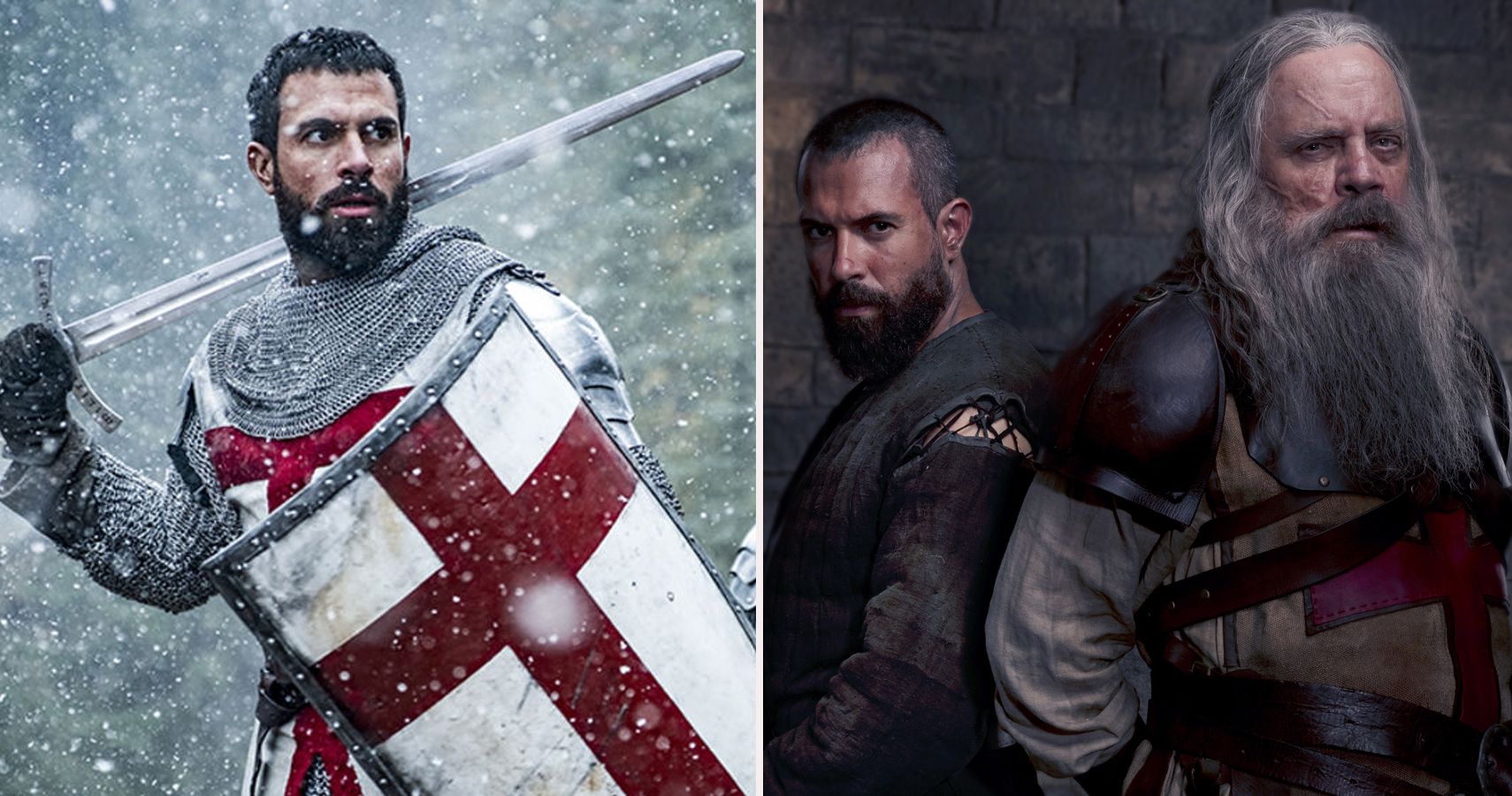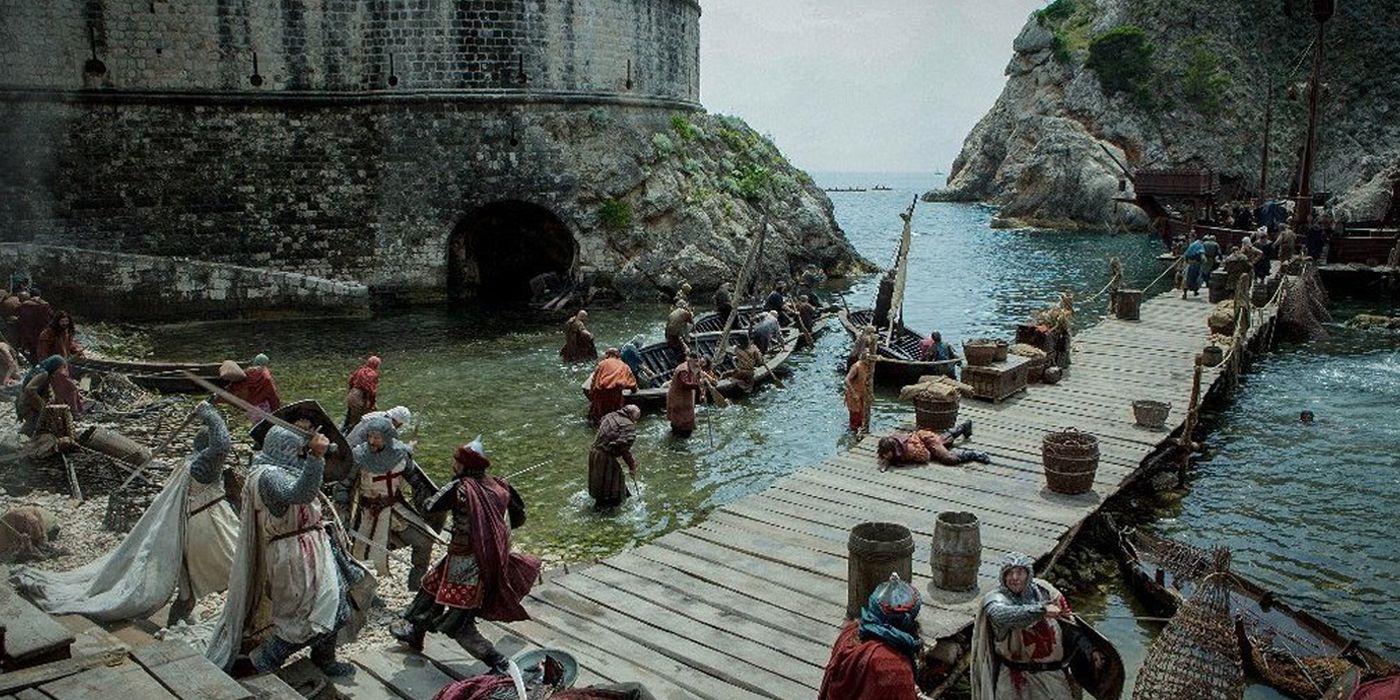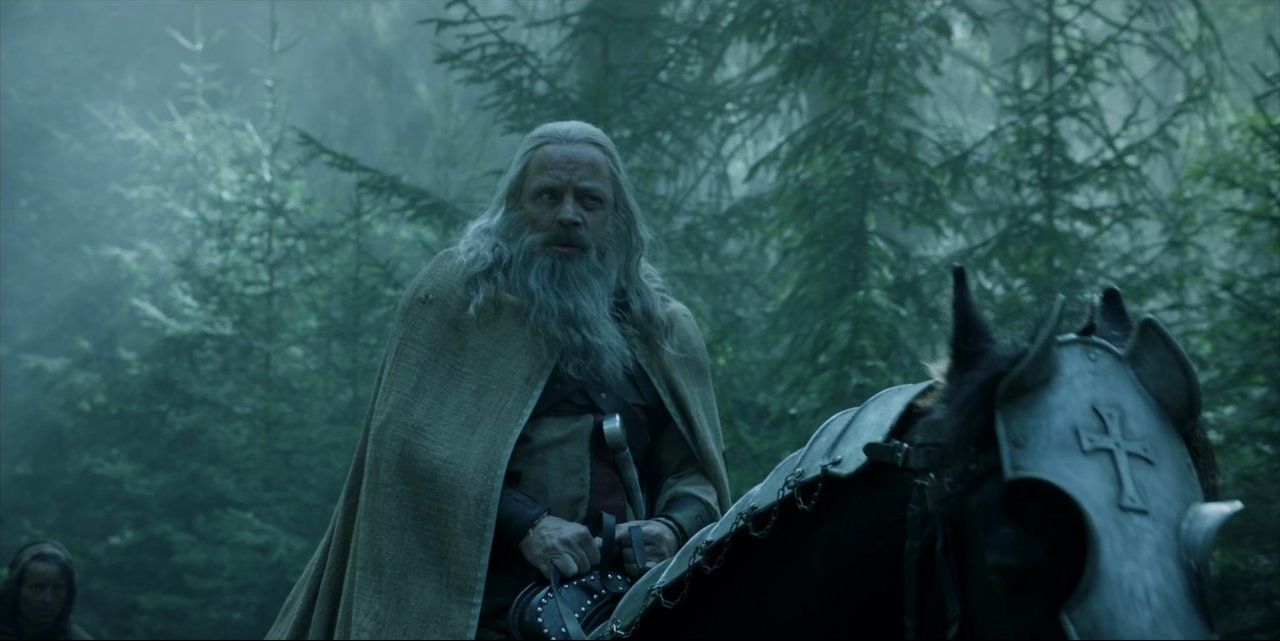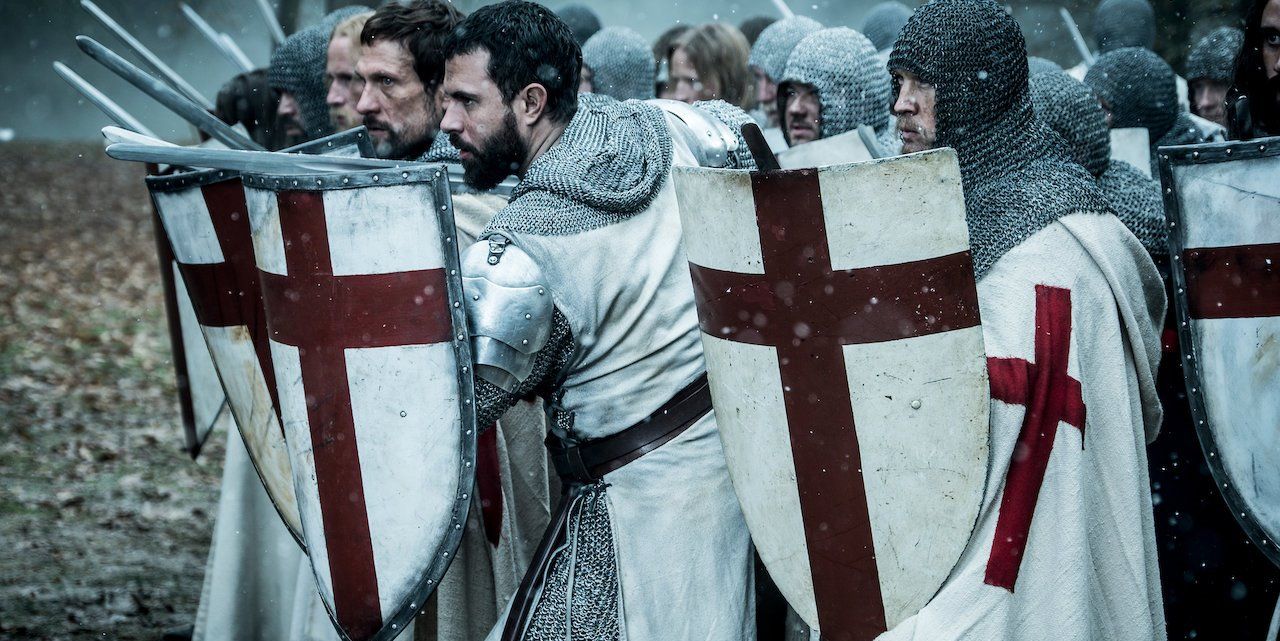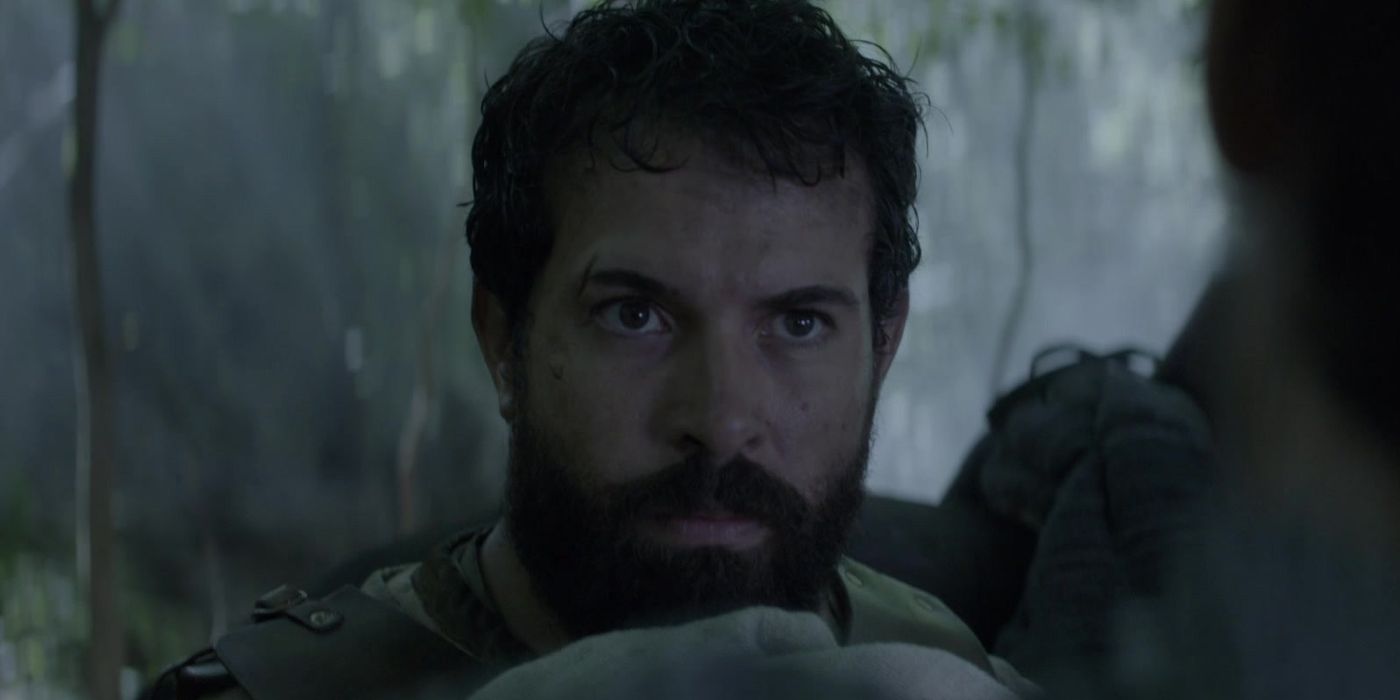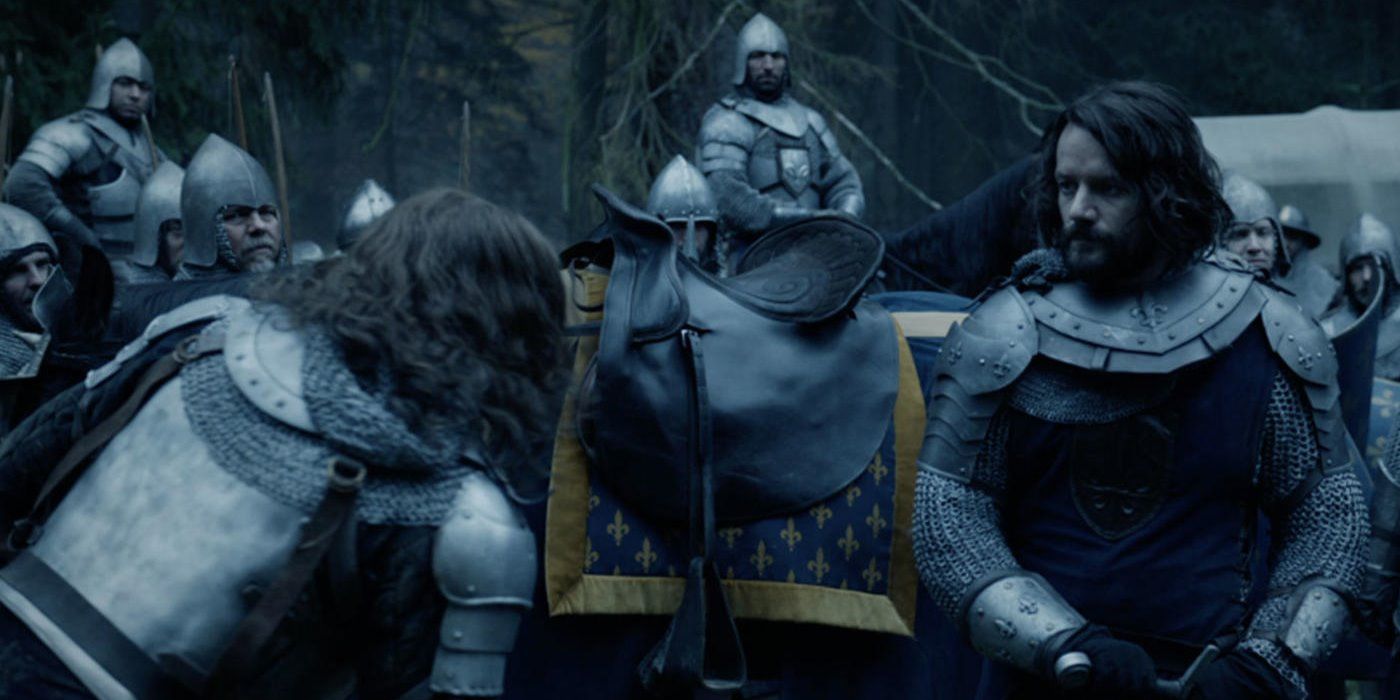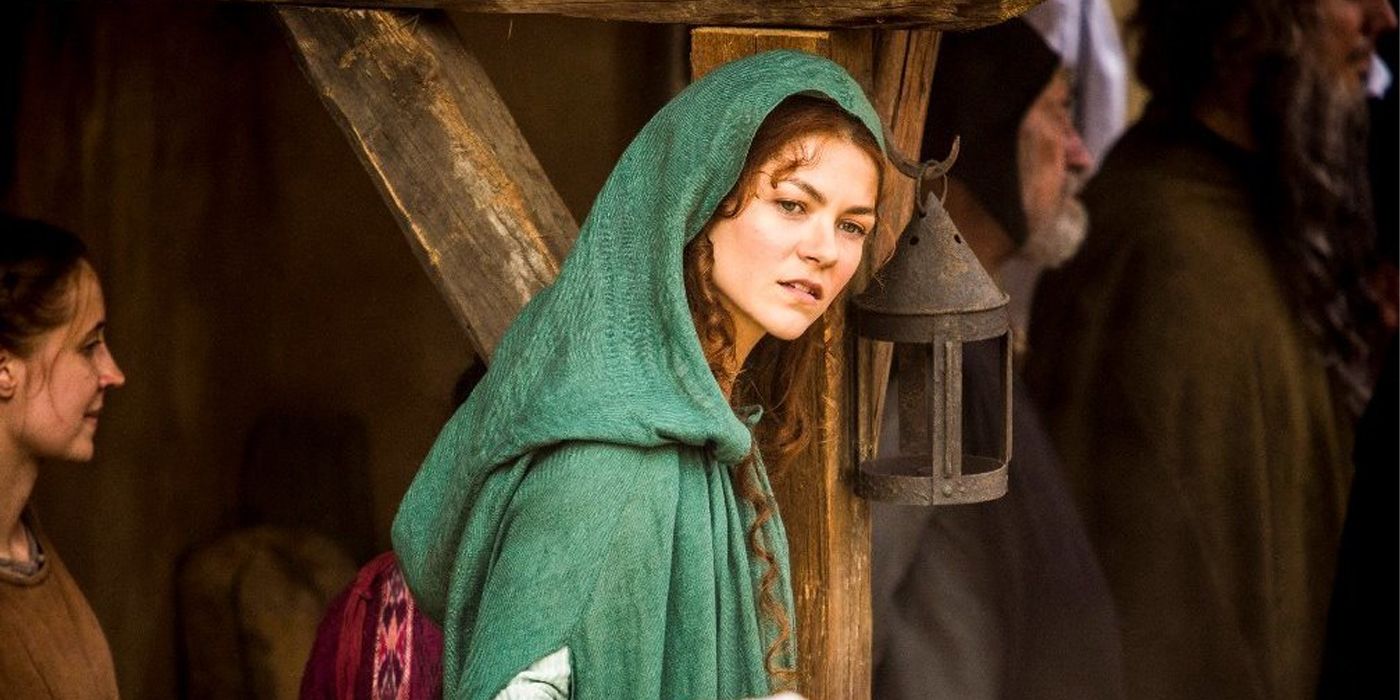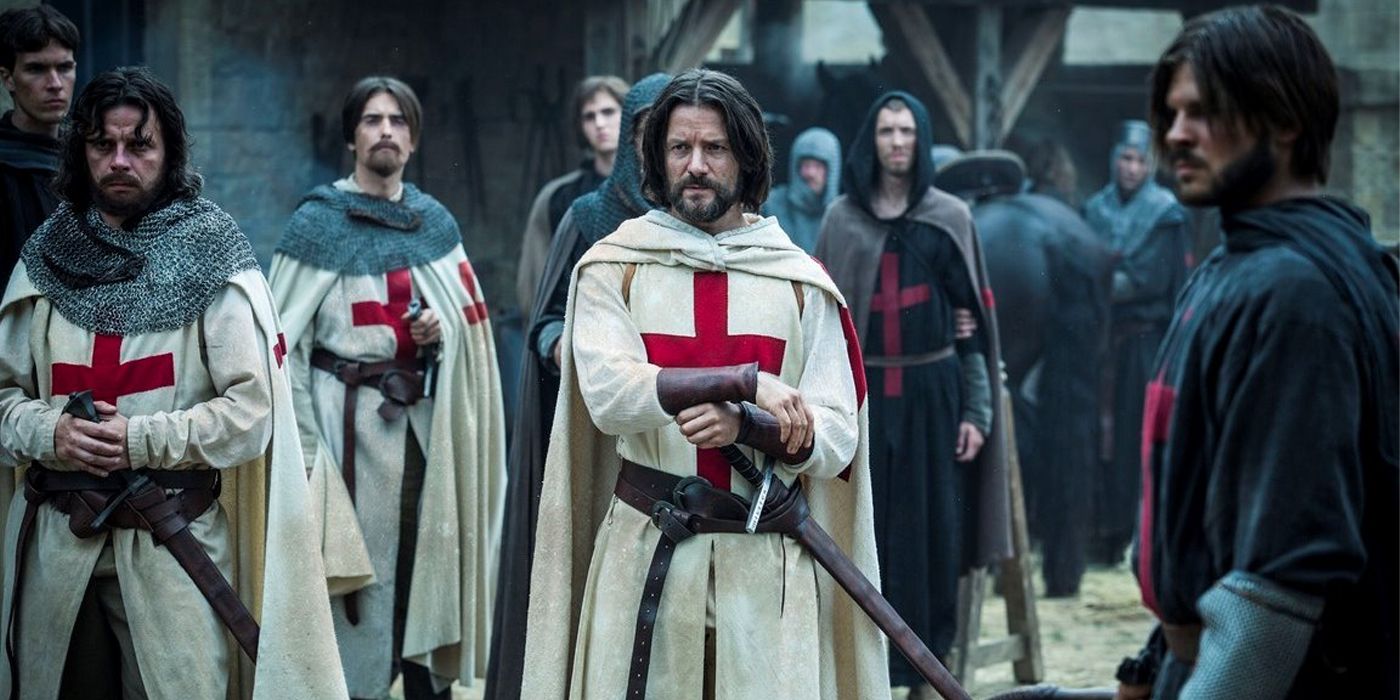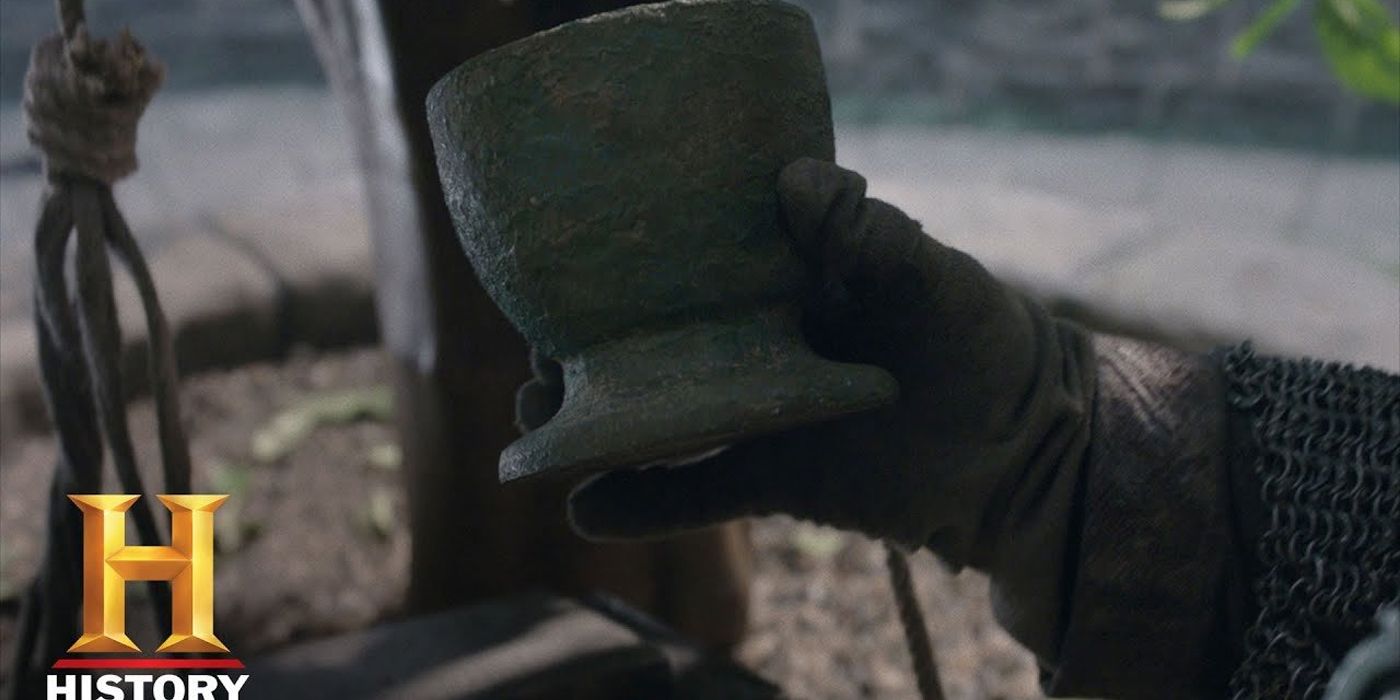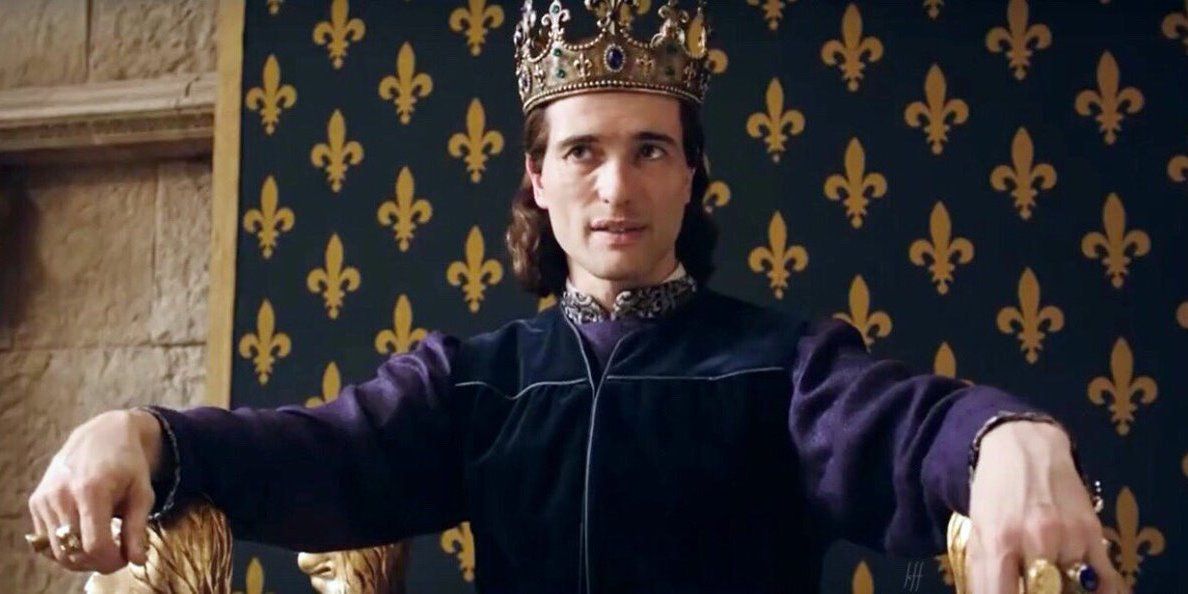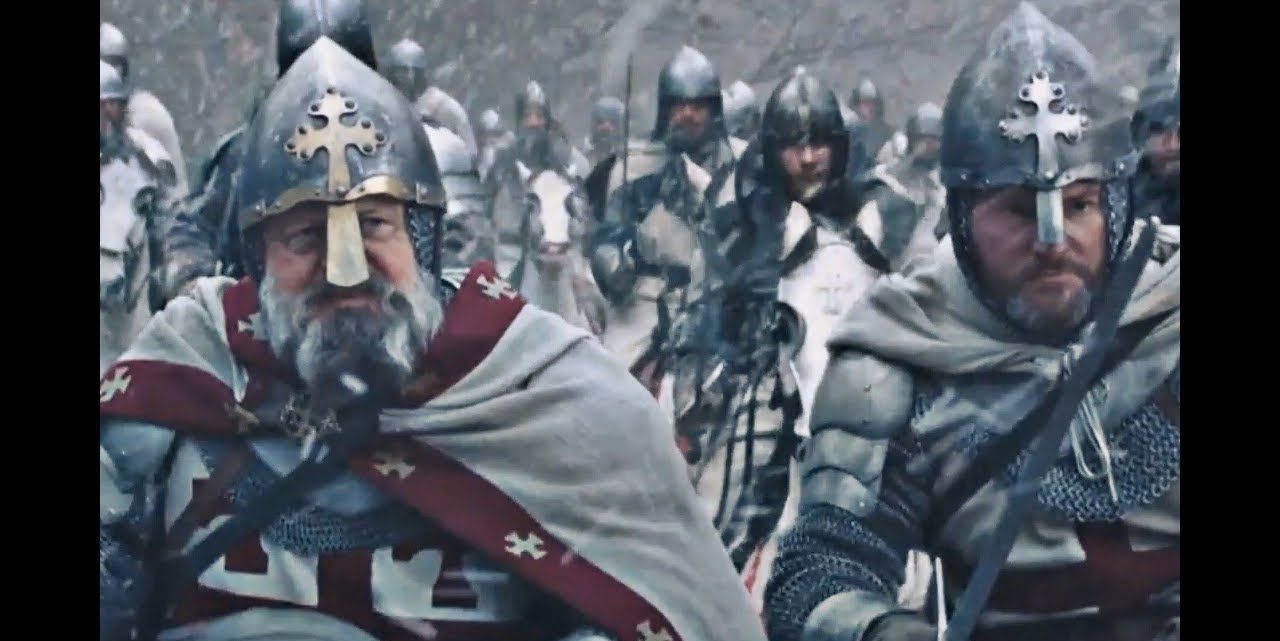The setting for Knightfall is the Crusades, which took place in the thirteenth century. The Crusades were a series of religious wars, sanctioned by the Latin Church, the first beginning in the year 1095. This exciting series explores the characters behind the scenes of the historic Crusades, taking fans into the worlds of those who lived during the times.
Some of the elements of the show are based on historic research. Others have been fictionalized. Fans should know which is which. Here are 5 historically accurate, and 5 fictionalized, elements of the action-packed series:
The Siege Of Acre (Accurate)
The show begins with the Siege of Acre. This occurred in Israel in 1291 and is historic fact. It was spearheaded by the Egyptian sultan Al-Ashraf Salah ad-Din Khalil and was as bloody and riveting as the series suggests.
During this siege the city was taken over by an army of over 10,000 soldiers. This great battle depiction was expounded upon by using actual historic records, making for incredible viewing.
Myth And Legend (Fabricated)
While the series includes much fact on the Knights Templar, many of its foundational and establishing truths are based on actual myths and legends surrounding the group. It is not, in actuality, based on fact. So one can commend the show's narrators on doing their homework and digging up real legends on the fascinating group. The show's creators did an excellent job with that. Still, most of this myth is purely fictional and designed to make the group sound a whole lot more exciting than they actually were. Resources state that most of the accurate accounts of what the Knights Templar actually did were not half as interesting as the fiction on them.
Historic Figures Take Center Stage (Accurate)
Some of the characters in the series are based on historic figures. Prominent people portrayed in the narrative include Pope Boniface VIII (Jim Carter), King Philip IV of France (Ed Stoppard), Princess Isabella (Sabrina Bartlett), and Queen Joan of France and Navarre (Oliva Ross).
These characters have been researched for accurate depiction, as has their role in history, giving the series a historic edge, setting it in a time and place, and featuring a cast of historically believable characters.
Landry (Fabricated)
However much viewers would have liked him to exist in time and space, the devoted knight named Landry is a purely fictional character. There was never such a man who was (as the Landry in the series) tasked with finding the Holy Grail.
Finding the Holy Grail seems to be Landry's sole motivation. Even this motivation isn't fully accurate in terms of accurately portraying the heartly motivations of the knights at the time who were motivated by many things - the pursuit of the Holy Grail hardly being one of these.
The Knights Templar (Accurate)
The Knights Templar was a military order, founded by Hugh de Paynes, and known as The Poor Fellow-Soldiers of Christ and of the Temple of Solomon. Their original duty was to protect the Christian pilgrims travelling to the Holy Land. It was rumored that they protected and carried around the Holy Grail (the cup used by Jesus during the Last Supper), which they found during their travels to Jerusalem. According to the series’ producers, a lot of Templar history has been included in the creation of the characters and script.
White Lies (Fabricated)
The narrative and cast of the series do little to debunk misconceptions that Europe was a predominately white-raced continent during the Crusades. The population was a tad more diverse.
The accuracy of this 'white Europe' shown in Knightfall could be contested, as could the show's failings to portray Jewish characters accurately. The series also fails to show the discrimination and indignities the Jewish people faced at the time.
Costumes, Weapons And Props (Accurate)
Unbelievable ‘eye candy’ awaits viewers of the series, with costumes, weapons and props designed as according to the historic originals. This means that a glimpse of the actors and actresses strutting their stuff on set gives fans a view back in time, to the original outfits worn during the Crusades.
This makes for some riveting, believable viewing. Even if facts are twisted and legend is portrayed as truth in some parts of the narrative, it seems almost forgivable considering the realistic ensembles worn by characters, along with the believable sets.
The Holy Grail (Fabricated)
The series focuses on the Holy Grail, which is the cup Jesus used during the Last Supper, as a central focal point of the narrative. This cup has historically been associated with the Knights Templar, with modern fiction weaving elaborate tales of the group’s zealous fascination with the sacred artifact. However, if history is anything to go by, much of the portrayal of the Knights Templar’s fascination with the Holy Grail is in fact fictional. The accuracy in the show about the importance given by the Knights Templar members to the actual artifact is therefore questionable and is more myth and legend than anything else.
The Reign Of Philip IV (Accurate)
Knightfall is set at the time of the Knights Templar’s dissolution. As portrayed in the series, this was during the reign of Philip IV of France. He was the one who brought about the dissolution of the Knights Templar and acted against them. Philip IV is said to be one of the more interesting of the French monarchs. The series' setting which places the Crusades within the time frame of Philip IV's reign is historically accurate.
'Drawn Out', 'Sleepy' Battles (Fabricated)
Show critics have called the battles in the show 'sleepy' and filled with 'cheese-ball action'. While many of the battles did occur, entertainment reviews have criticized the producers of the show of producing something of a 'Monty Python and The Holy Grail' narrative. While the actual battles were every bit as action-filled and bloody, many fans have complained of too much embellishment and cheese, calling for realism as opposed to too much drama.

